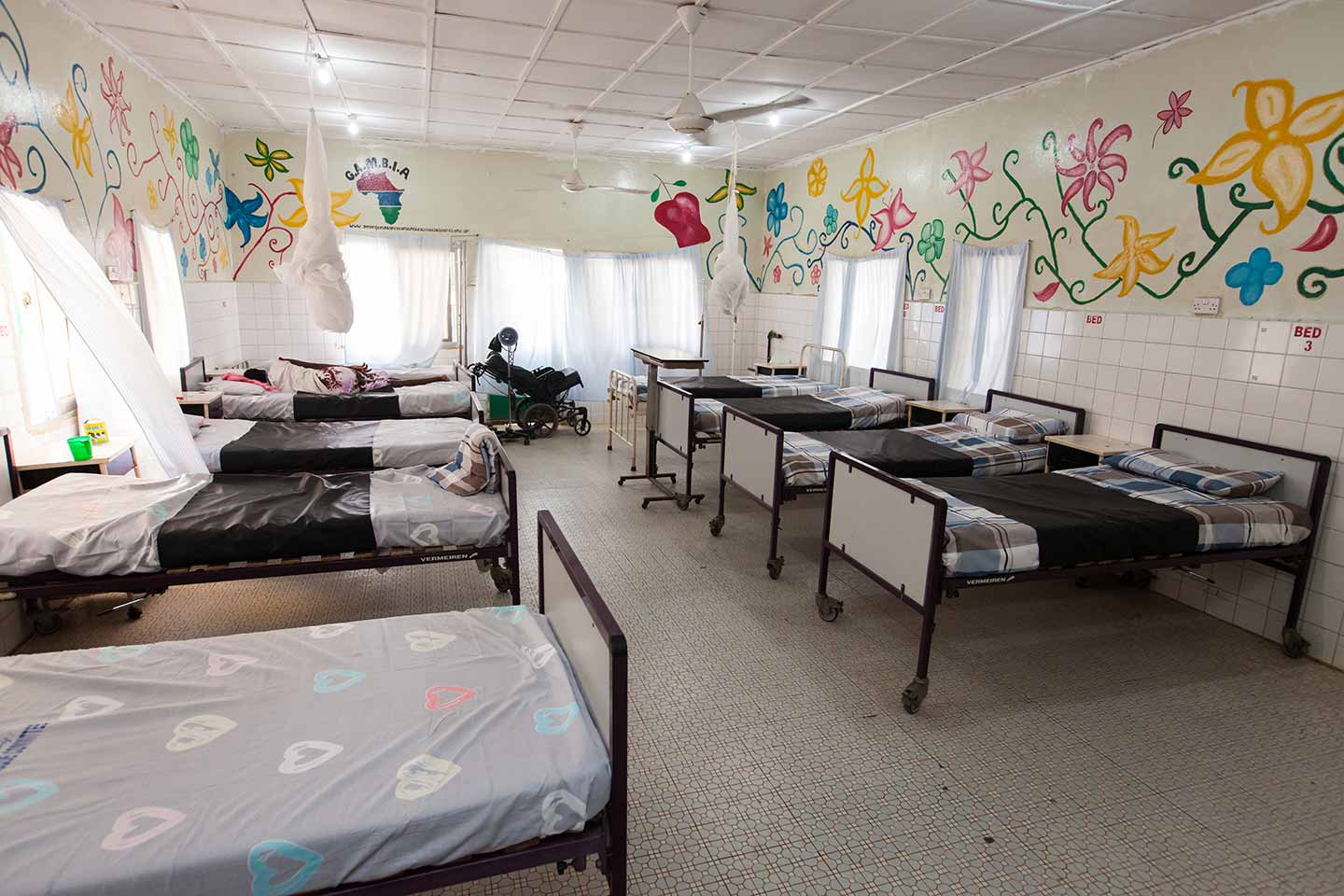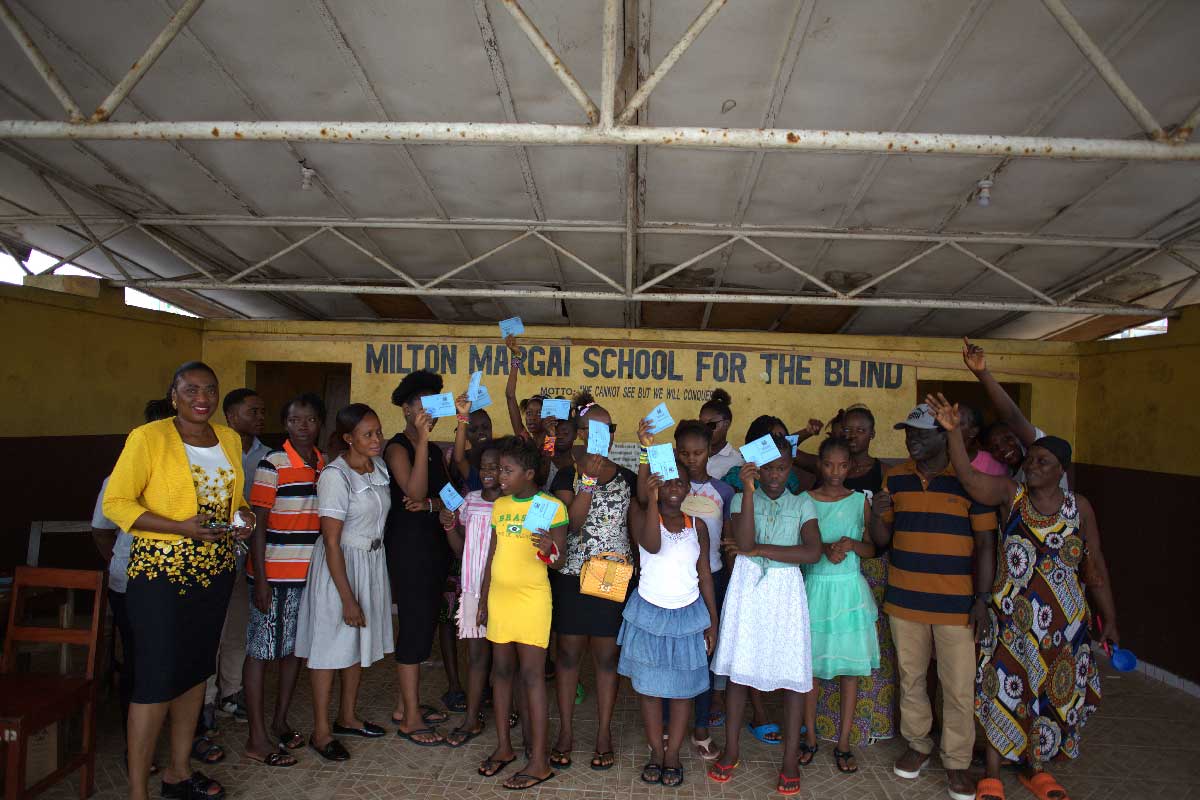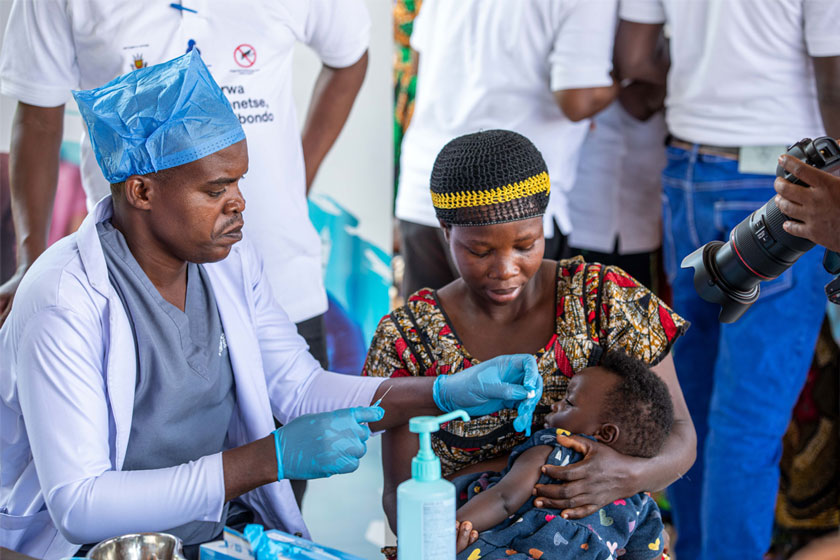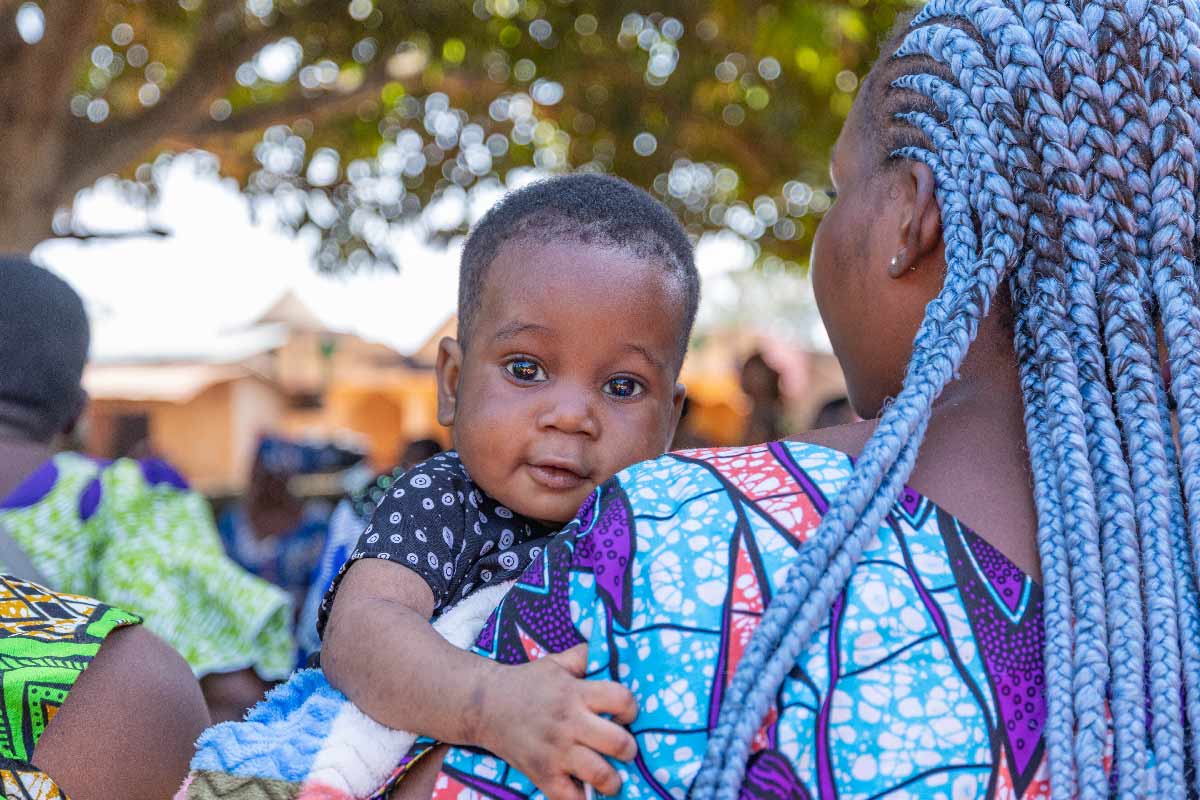Should countries stop vaccinations to halt the spread of COVID-19?
It’s a devil’s choice governments have faced since the start of the pandemic, but new research could provide the answer.
- 21 July 2020
- 3 min read
- by Gavi Staff

Since the beginning of the COVID-19 pandemic governments across the world have faced a devil’s choice: do they continue immunisation programmes and risk the further spread of COVID-19, or shut them down and risk the resurgence of countless other deadly infectious diseases?
It’s a terrible dilemma: a decision either way could lead to the further spread of disease and deaths on a catastrophic scale. One way to resolve it is through risk-benefit analysis to assess which decision is likely to lead to the fewest deaths, both now and in the long-term.
84 deaths prevented vs 1 death prevented
New research published in The Lancet may provide part of the answer. The analysis, led by the London School of Hygiene and Tropical Medicine (LSHTM) with input from Gavi, suggests that every additional COVID-19 death prevented by suspending any routine vaccinations involving clinic visits in Africa could result in 84 deaths in children from vaccine-preventable diseases.
This startling figure suggests that the health benefits of continuing routine immunisation far outweigh the health benefits of stopping vaccinations to halt the spread of COVID-19. Even if only measles outbreaks are taken into account, using conservative figures, the benefit-risk ratio still leans firmly towards maintaining routine immunisation programmes.
This research backs up recommendations made throughout the pandemic by the World Health Organization (WHO) Strategic Advisory Group of Experts (SAGE) on Immunization, advising countries to keep their routine immunisation programmes going, taking whatever special measures are necessary to ensure the spread of COVID-19 is minimised. Most countries have followed this advice: throughout the world governments are mandating that physical distancing is observed in waiting rooms and that vaccinators wear personal protective equipment (PPE), so that children continue to be vaccinated.
The reality on the ground
Despite all this, the reality on the ground is that immunisation programmes are being impacted, heavily, by the COVID-19 pandemic. The trade-off figure of 84 deaths prevented through routine immunisation for every COVID-19 death is predicated on the fact that vaccine coverage remains the same over the course of the pandemic. Yet we already know, and the LSHTM paper acknowledges, that this will be a gargantuan task.
A separate Gavi analysis, cross-referencing data from the University of Oxford on lockdowns worldwide and a WHO/Gavi/UNICEF survey of immunisation staff in lower-income countries, suggests that the decreased mobility caused by lockdown measures is, at least in part, driving drops in immunisation coverage.
This isn’t the only hurdle vaccinators are facing. Key immunisation staff are being redeployed as part of the COVID-19 response or falling ill to the disease itself, while parents and caregivers are reluctant to visit vaccination clinics for fear of contracting COVID-19. Rumours and misinformation around vaccines are also now circulating in many countries, discouraging parents from getting their children vaccinated.
That is why this important research shouldn’t just act as a justification for countries to continue their immunisation programmes. It should also serve as a call-to-action. The sheer number of children whose lives could be saved by maintaining vaccination coverage, despite the pandemic, is what is driving the hundreds of thousands of vaccinators, medical workers and staff of organisations like Gavi and its Alliance partners, to overcome the many hurdles they are facing in keeping children protected. The alternative is bleak, leaving some of the world’s most vulnerable children at risk from multiple epidemics at the same time.









